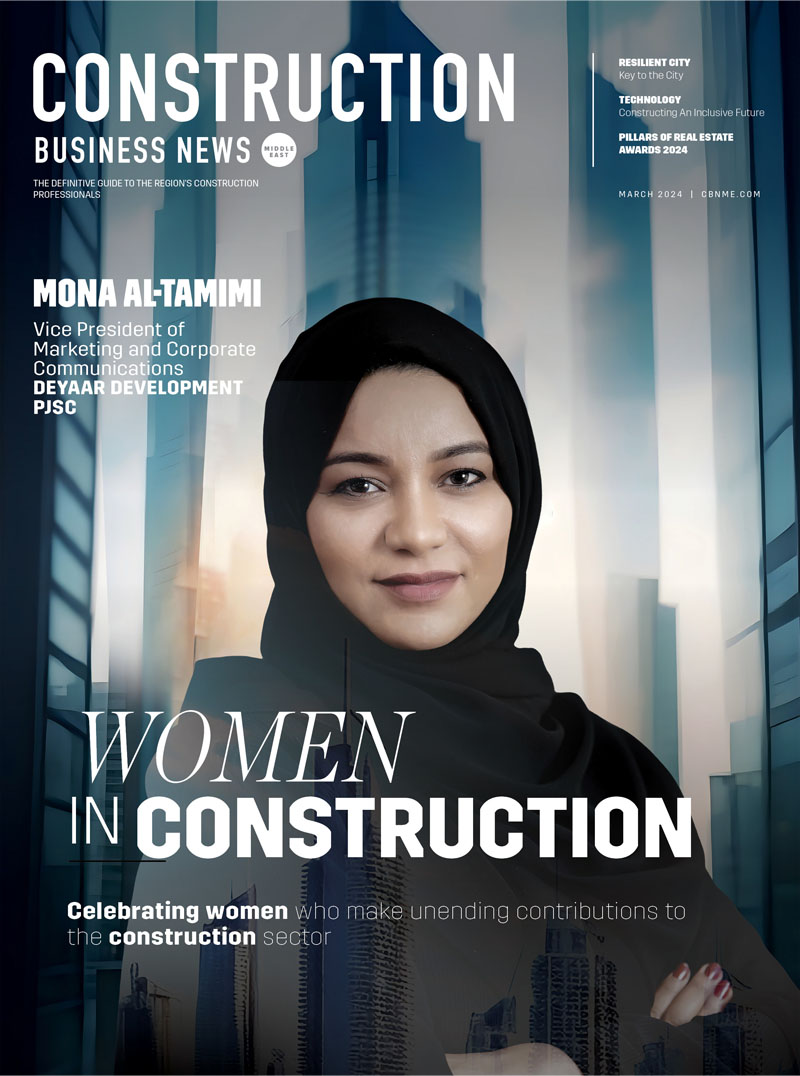
Influenza
For thousands of years, women have been the pillars of almost every society in the world and a driving force behind the progress of families and nations. Yet, they did not enjoy the same rights and privileges as men and even the ownership of assets, for example, agricultural land. As the world progressed with the industrial revolution and digital revolution, and thanks to the global campaigns for gender equality, more opportunities were created, and women started being recognized and becoming integral parts of industries across different sectors. However, as we navigate through the Fourth Industrial Revolution (4IR) – which includes AI, IoT, etc., there is still a long way to go before we achieve global gender equality.
Achieving general equality on a global level is not easy, as there are numerous challenges, including the lack of financing. For example, to achieve gender equality by 2030, there’s a USD 360 billion annual deficit in spending on gender-equality measures. To raise more awareness about this huge deficit and gender equality as a whole, this International Women’s Day also calls for investing in women and accelerating progress.
Gender Equality
While some sectors have made progress in narrowing the gender gap, sectors like construction still rank behind, showing the highest percentage of gender disparity. For instance, the Global Gender Gap Report 2023, citing the LinkedIn Economic Graph, revealed that in the construction sector, women’s representation in entry-level positions stands at 25%, compared to 57% in Consumer Services and 12% for C-suite positions, compared to 38% in Consumer Services. Therefore, more efforts are needed to design programs that attract more women to the sectors such as construction.
Futuristic Scope
It’s good to see that more women are now driving towards sectors like construction, breaking stereotypes and scaling to roles that were traditionally male-dominated. They bring diverse perspectives and skills to the industry and hold vital technical positions in project management, architecture, engineering, design, and administrative departments, including marketing, communications, and human resources.
To achieve more progress on gender parity in the construction industry, especially in the Middle East, one must design programs and initiatives to encourage more women to pursue careers in these sectors. This includes in-house capacity development programs to improve women’s skills, programs in universities and colleges, and special fellowship programs to train women to meet current and future industry demands. They also need to make robust policies that support women’s advancement and equal treatment in any workplace, including strengthening the work-life balance.
Golden Words
“As we look ahead, the construction industry is poised for remarkable growth, which is expected to be driven by the increasing need for residential and commercial spaces, especially in countries like the UAE and the Kingdom of Saudi Arabia. This growth also brings innovation and sustainability as industry leaders strive to meet demands while minimizing environmental impact. In addition, there is a greater focus on efficiency and cost reduction while tapping the potential of innovative technologies. As we embrace these advancements in the construction industry and shape the future of nations, let us create a more inclusive construction industry, keeping women at the centre of policies and strategies as they bring diverse perspectives and skills to the table that will help enhance decision-making and drive innovation.”
